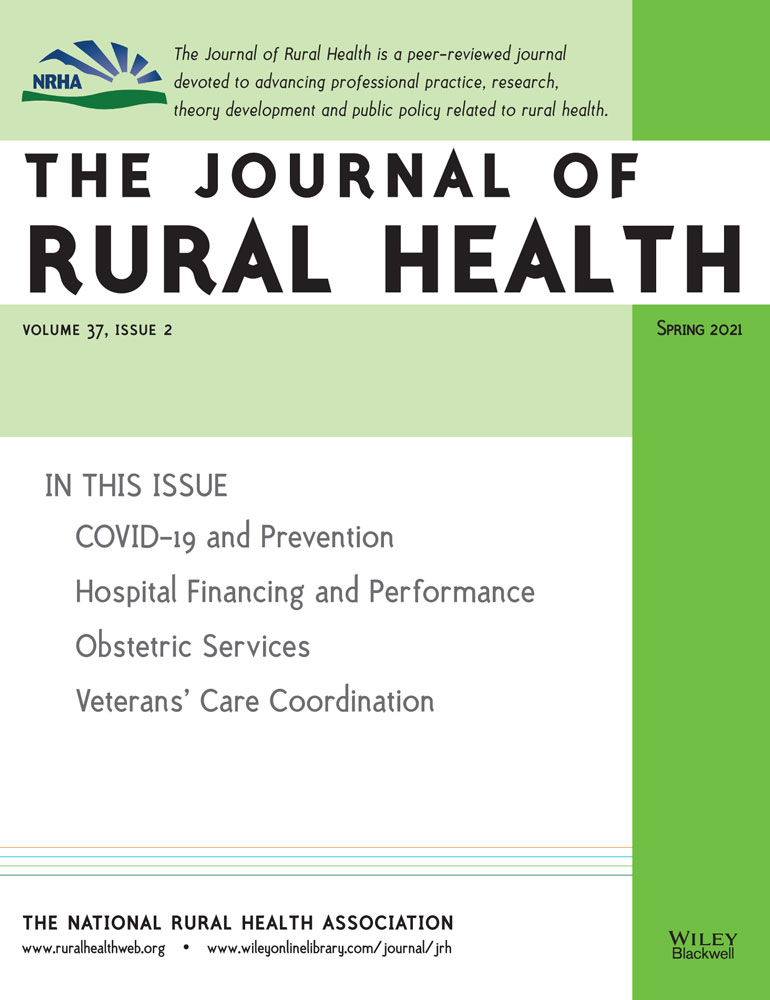Using Demographics to Predict Palliative Care Access in Inpatient Facilities in Rural North Carolina
Disclosures: The authors have no funding or conflicts of interest to disclose.
Abstract
Purpose
For individuals with cancer, palliative care improves quality of life, mood, and survival. Rural residents experience limited access to palliative care. In eastern North Carolina, a rural area, little is known about access to inpatient cancer-related palliative care. This study describes access to inpatient palliative care and developed a predictive model of who was most likely to be admitted to an inpatient facility without a palliative care provider.
Methods
A descriptive, exploratory design was used to examine demographics, clinical variables, and inpatient admissions from 2017 and 2018, in a major regional teaching hospital system that included 8 hospitals (7 rural hospitals). Descriptive statistics and a binary logistic regression were used to analyze data.
Findings
The mean age was 62.2 years (N = 2,161, range: 18-88, SD = 15.52): 49.4% were female, 54% lived in a rural county, and 44.4% were black. The outlying rural hospitals, with no palliative care providers on staff, had 388 admissions (18%). Only gender (P = .0128), county (P < .0001), and age (P < .05) contributed to the logistic model. The predicted probability of being admitted to an inpatient facility with a palliative care provider is higher for younger males living in urban counties. That probability decreases with age regardless of the gender or type of county.
Conclusions
These findings highlight the limited availability of inpatient palliative care for those with cancer. Women, older adults, and rural residents are more likely to be admitted to 1 of the 7 rural hospitals with no palliative care provider on staff.




